|
Can you guess Mrs. Anderson's sorting rule? Arwa correctly guesses "these stack and these don't stack". Tasha figures out "has no points and has points". Toby says "these stack and these don't stack".
In our new unit, your child will be learning about geometry.
The Learning Goals for this unit are to: -explore 3D solids, such as cubes (boxes), cylinders (paper towel rolls), and spheres (balls) -describe 3D solids (for example, some solids can roll, some have points, some are curved, and some can stack) -make a picture using 2D figures, such as triangles and rectangles -use language, such as on, in, under, and over to describe where objects are placed Subitizing is the ability to rapidly determine the quantity of a small group of objects without counting. Subitizing is a fundamental skill in a student’s development of number understanding. There are two types of subitizing; perceptual and conceptual. Perceptual subitizing is the ability to recognize the quantity of a set without counting. It is the basis for counting and cardinality. Conceptual subitizing is seeing number patterns within a set (part—whole) and then determining the quantity by putting the number patterns together . For example, when shown a domino with a pattern of 8 dots/pips the observer may break the 8 dots into two groups of 4 Conceptual subitizing is the basis of number and operation sense. Dot representations can be regular and irregular. Regular representation show the dots as you would find them on a die or domino. Irregular representations group the dots in a variety of ways.  Here is a link to play a counting game involving subitization. |
Archives
September 2022
|
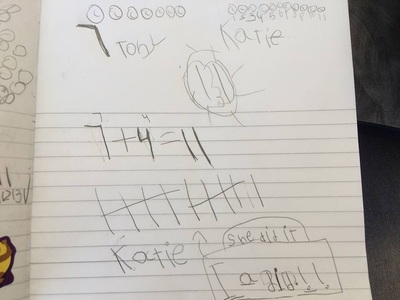
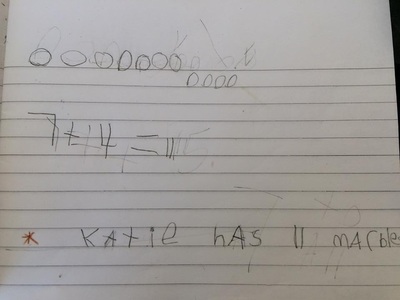
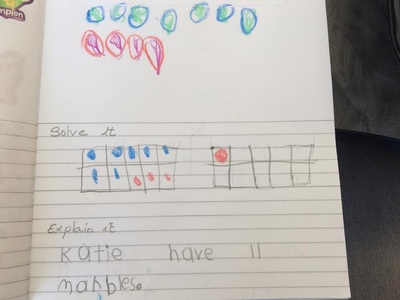
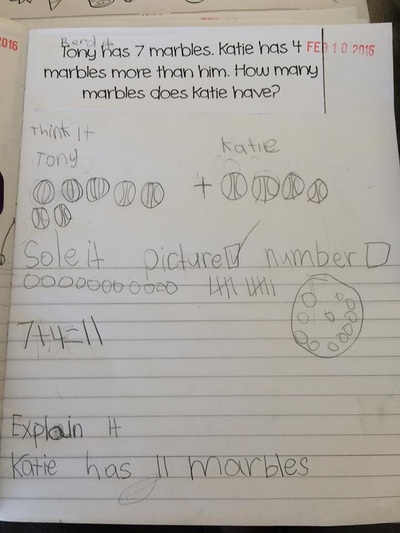
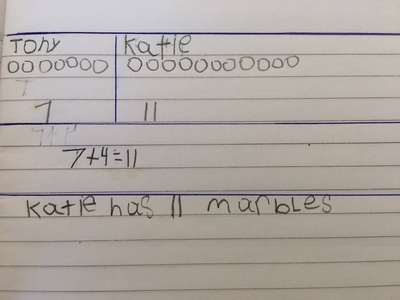
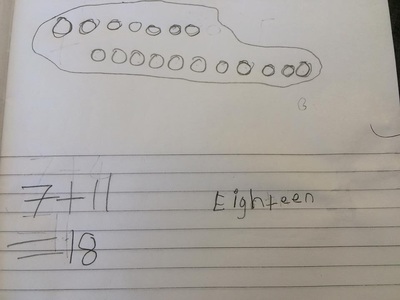
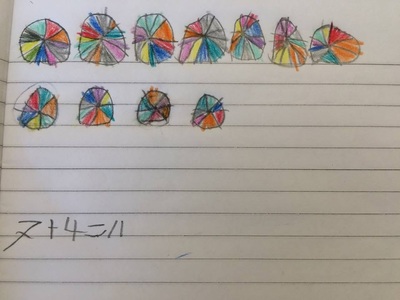
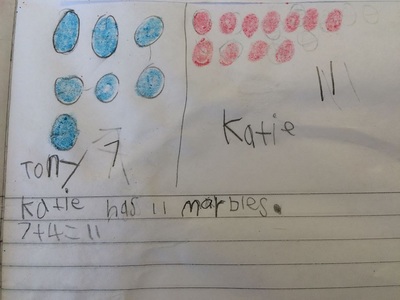
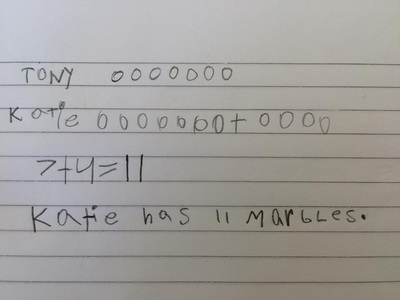
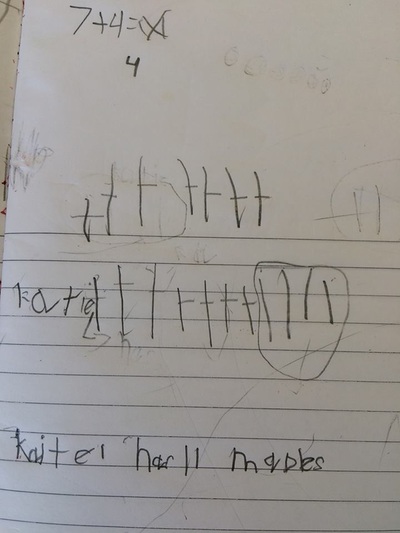
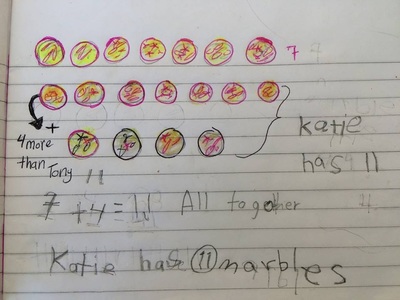
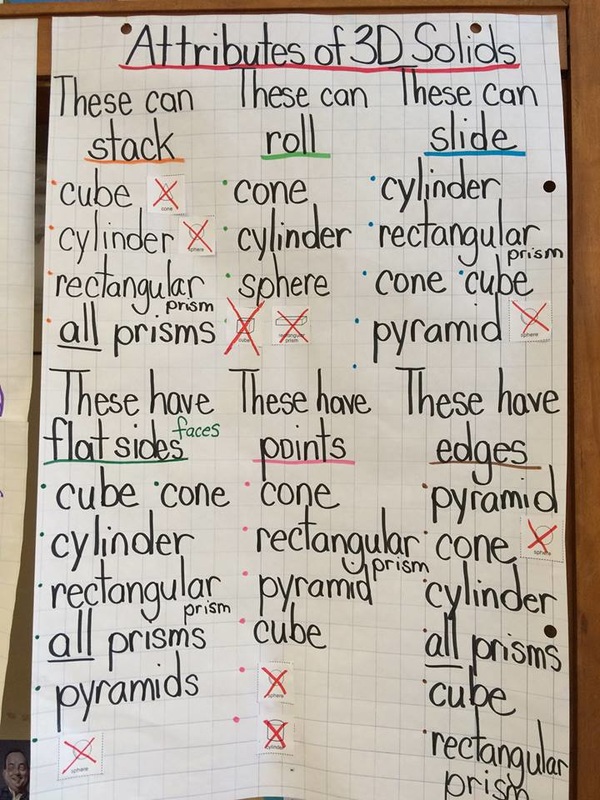








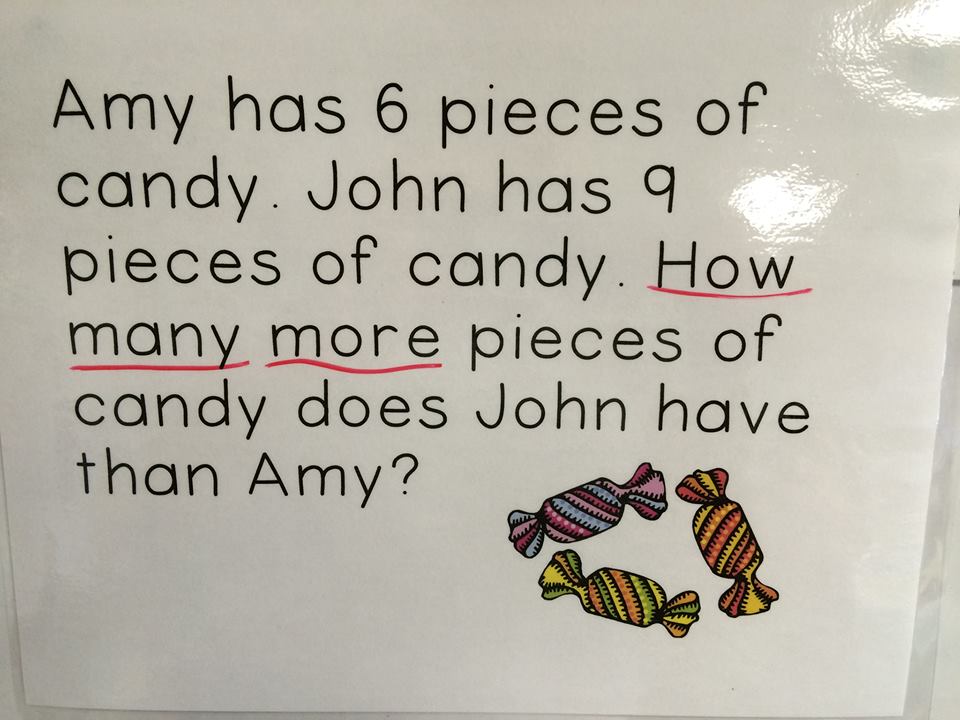

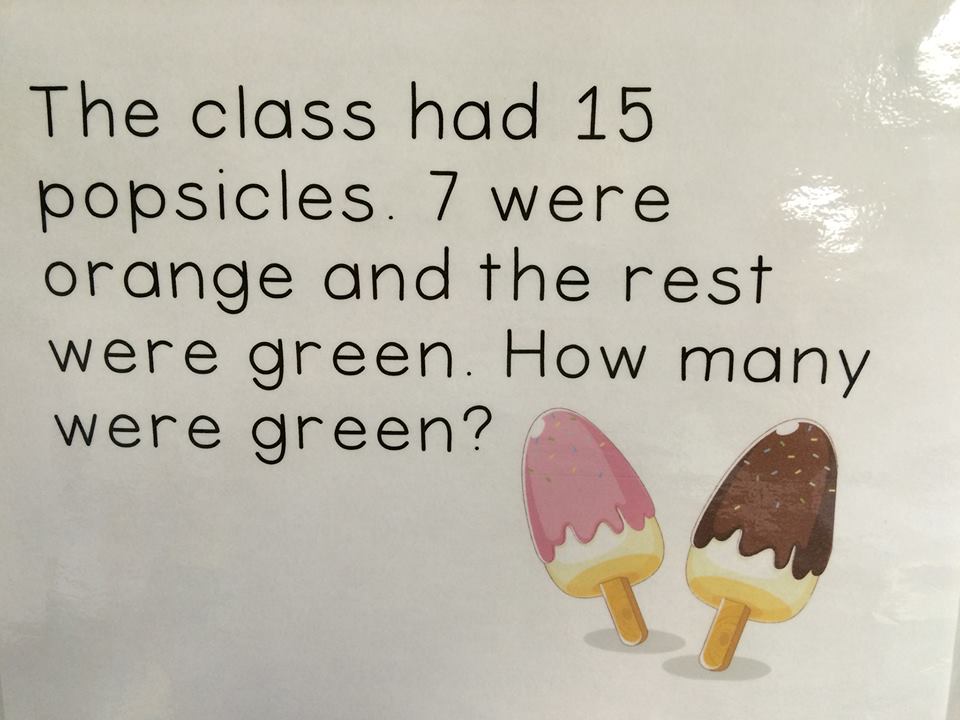

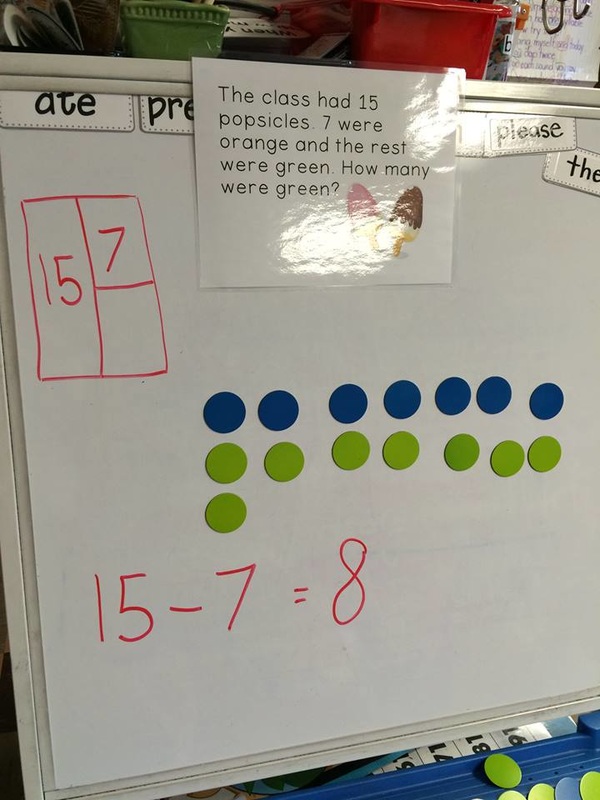
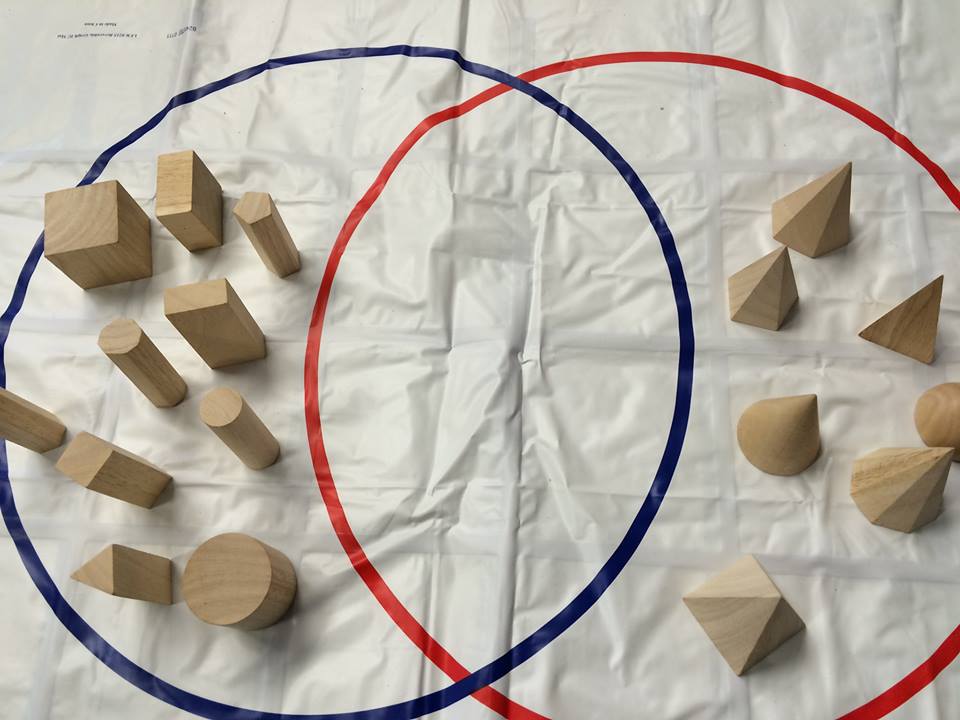
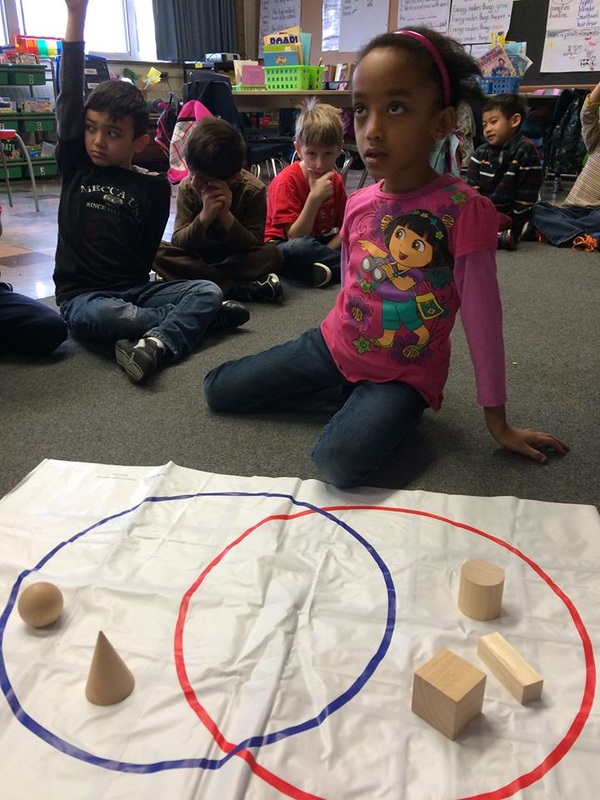

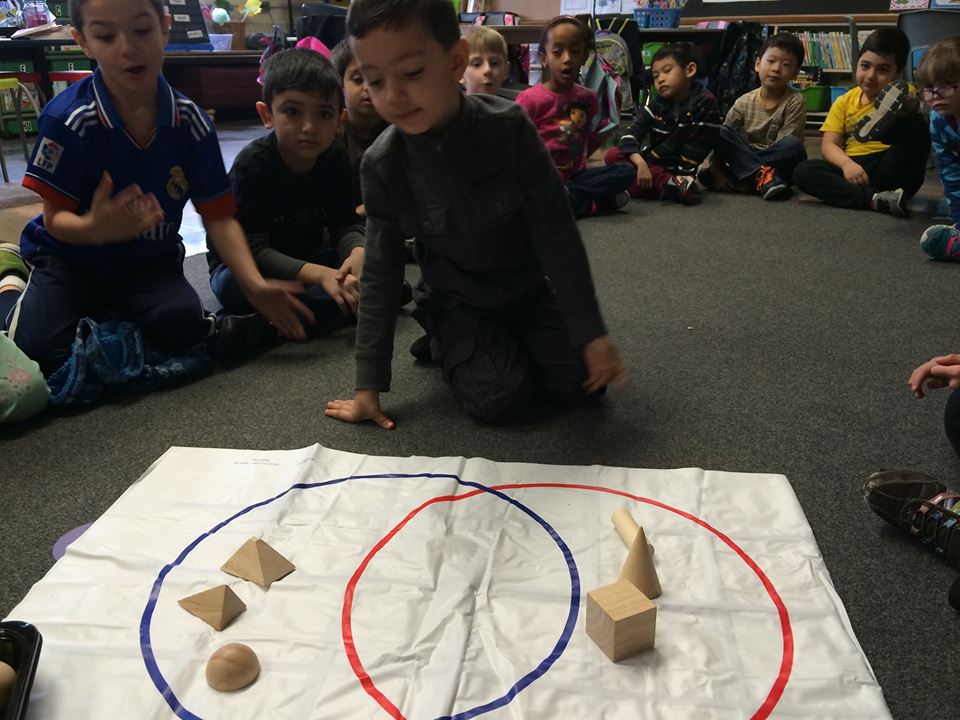

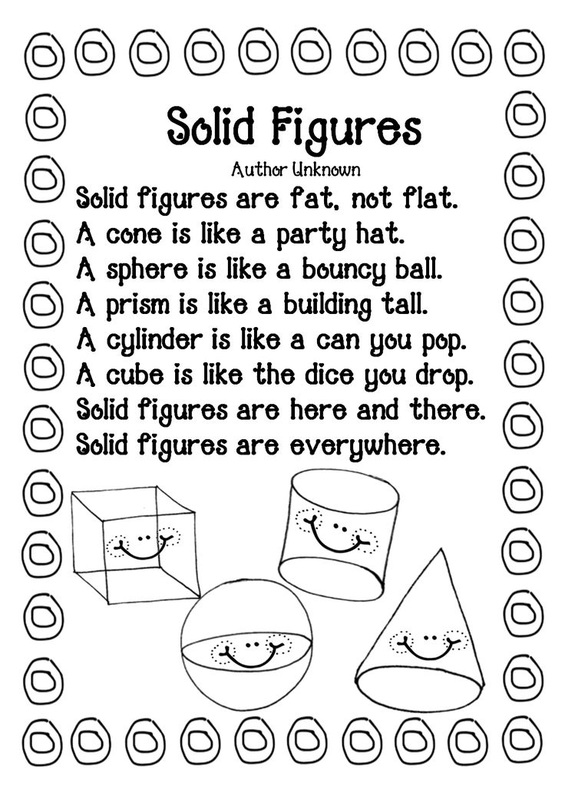
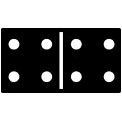
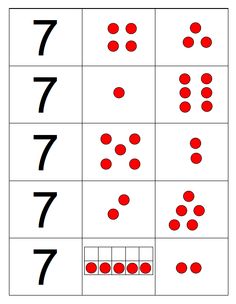
 RSS Feed
RSS Feed